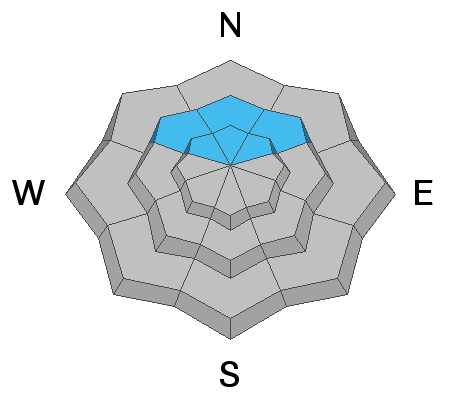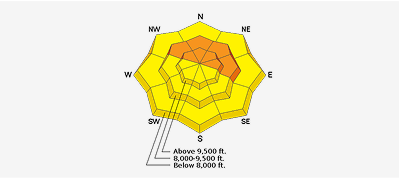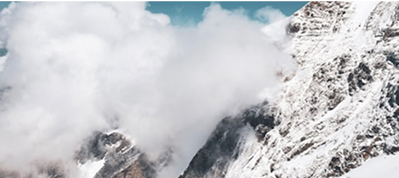Forecast for the Skyline Area Mountains

Issued by Brett Kobernik on
Thursday morning, December 16, 2021
Thursday morning, December 16, 2021
A CONSIDERABLE avalanche danger exists on steep northeast, north, and northwest facing slopes above about 9000'. Human triggered slab avalanches are likely in those locations. Keep slope angles under 30 degrees if you are traveling in this terrain and make sure there are no steep slopes directly above you.

Low
Moderate
Considerable
High
Extreme
Learn how to read the forecast here







